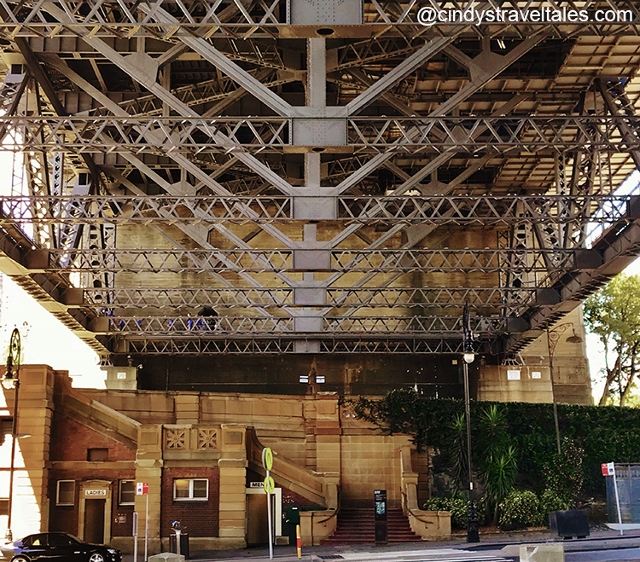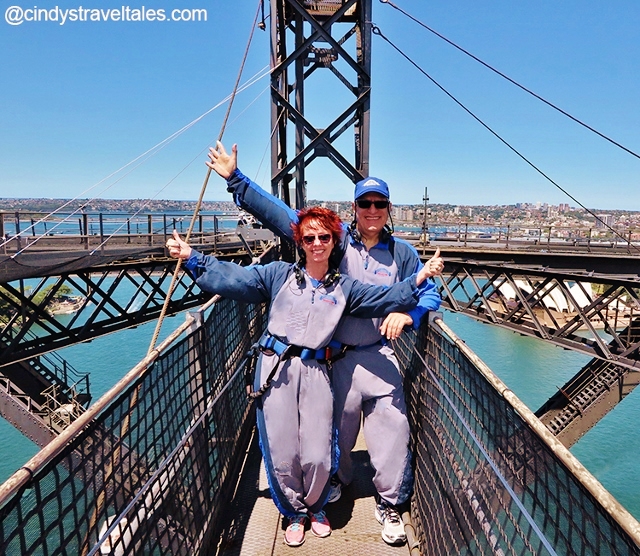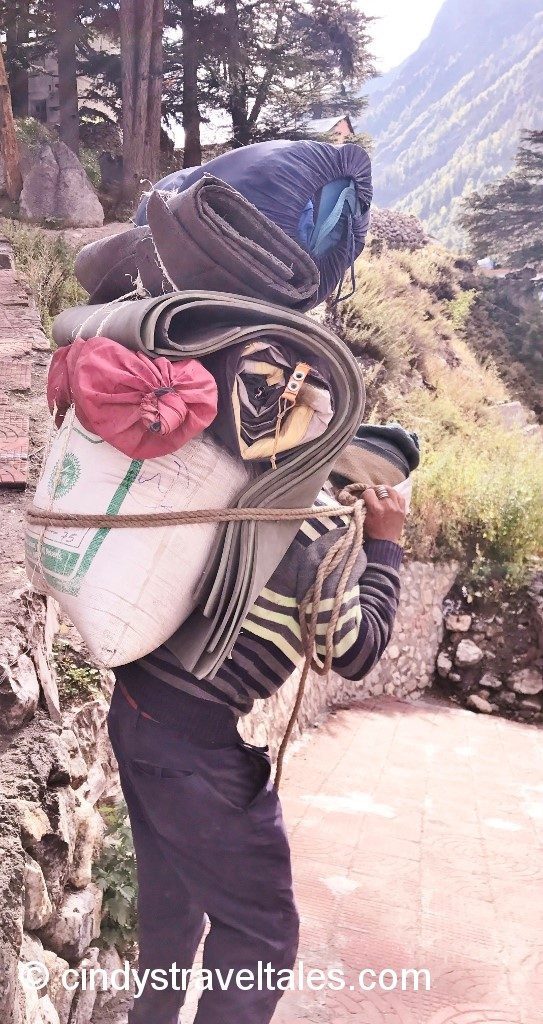My latest article is being featured on The Wise Traveller – a global travel site providing innovative perspectives and tips to make travel easier, safer, cheaper and more enriching. In addition, freelancers share their travel experiences there, so the online community can evaluate of a variety of destinations and/or escapades.
Click here to access the site and read about my remarkable experience climbing the Sydney Harbour Bridge.
https://www.thewisetraveller.com/Articles/view/?permalink=climbing-the-sydney-harbour-bridge
Here’s a preview:
After having visited Sydney some two dozen times over the years, I realised that many of my fellow travellers have scaling the Sydney Harbour Bridge on their Things-To-Do-Before-I-Die list. After all, ‘The Coat Hanger’, as it is nicknamed, has become a symbol of modern-day Sydney, renowned globally as the backdrop for the city’s annual, sensational New Year’s Eve fireworks displays (I was even there for the Millennium celebrations, which were unsurpassed). Given that is the largest steel-arch span in the world and the only one whereby you can hike to the top, I decided to embark on this unique Sydney challenge.


BridgeClimb Sydney holds the monopoly for accessing the highest point of the Sydney Harbour Bridge. I chose a daytime permit to be able to marvel at the unparalleled vistas of Sydney’s skyline – overflowing with state-of-the-art skyscrapers, the expansive majestic harbour, and the ubiquitous Opera House – from a bird’s-eye perspective.

To its credit, the operator has a precise indoctrination process, wherein all our belongings (including cameras and phones) are stored at the base, requiring me to wear their over-sized, unfashionable jumpsuits. It seemed overzealous, though common sense told me that they cannot afford for paraphernalia to fall onto the jam-packed rail lines, vehicular lanes, bicycle paths and pedestrian corridors. The 45-minute safety briefing was meticulous, equipping me with all the necessary gear, securely tied to my onesie. The final process was to pass a breathalyser test, making sure I was not tipsy.
I latched my harness onto the safety cable – anchored every 3 metres (10 feet) for the length of the course – and set off under the Bradfield Highway. The initial series of raised iron-mesh catwalks led to the solid-granite South pylon, with its skinny passages and uneven surfaces. There, I met the trickiest part of the circuit, involving ascending an array of four vertical, narrow ladders of 25 steps each, connected by platforms. It took some skill to become proficient in maneuvering the crossovers between the ladders and slipping across the anchors. Grateful for not suffering from fear of heights or looking down onto open water, the latticework revealed the currents surging 88 m (289 ft) below. I took it one rung at a time – gripping the handrails and endeavouring to not be distracted by the pummelling wind and the bustling traffic whizzing by beneath me on one of Australia’s busiest expressways.


As I popped up on the last deck, I found myself outside again underneath the main arc, with the apex in sight – gifted with unobstructed sightings of the Opera House. When I summitted, 134 m (440 ft) above the gleaming, azure waters of Sydney Harbour, I had the opportunity to admire the legendary engineering triumph spanning 503 m (1635 ft), held together by more than 6 million rivets, that had required almost eight years to build, ending in 1932. Then I took a quiet moment to breathe in the feat from my lofty, tranquil perch.

The unobstructed, panoramic eastern views were rewarding, stretching from the Pacific Ocean to the stunning beaches of Bondi and Manly, as well as the chic shopping and dining havens of Double Bay and Rose Bay. The picture-perfect afternoon offered breath-taking scenery to the west also, extending from Darling Harbour to the Parramatta River, and all the way to the World Heritage-listed Blue Mountains. For tourists, it would be a dream come true to have all the notable landmarks at your fingertips. With a myriad of ferries and sailboats zigzagging across the natural, deep-water harbour and the city bursting with colourful life, it cemented for me that Sydney, is, indeed, the most gorgeous metropolis on the planet.


Following the obligatory, commemorative photos and videos topside, I traversed the impressive arch to the west for the 1,332-step descent. It was a leisurely 90-minute backtrack, with the highpoint being inching down the network of ladders exactly when a commuter train roared by, shaking the entire 53-ton metal structure and adding a little thrill to my day.


Albeit quite different from other climbs that I have done in the mountains, scaling this magnificent architectural wonder was a once-in-a-lifetime experience and perfect for globetrotters seeking a not-too-demanding, urban outing.


















